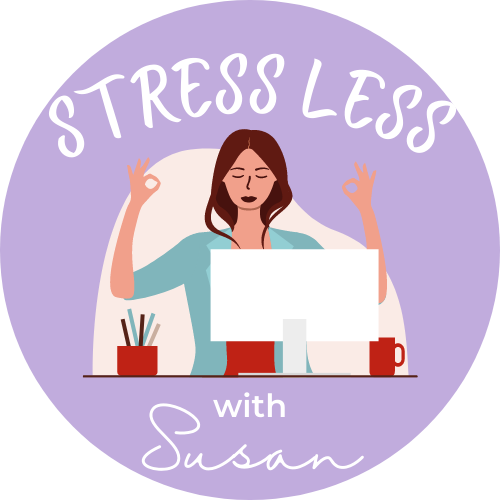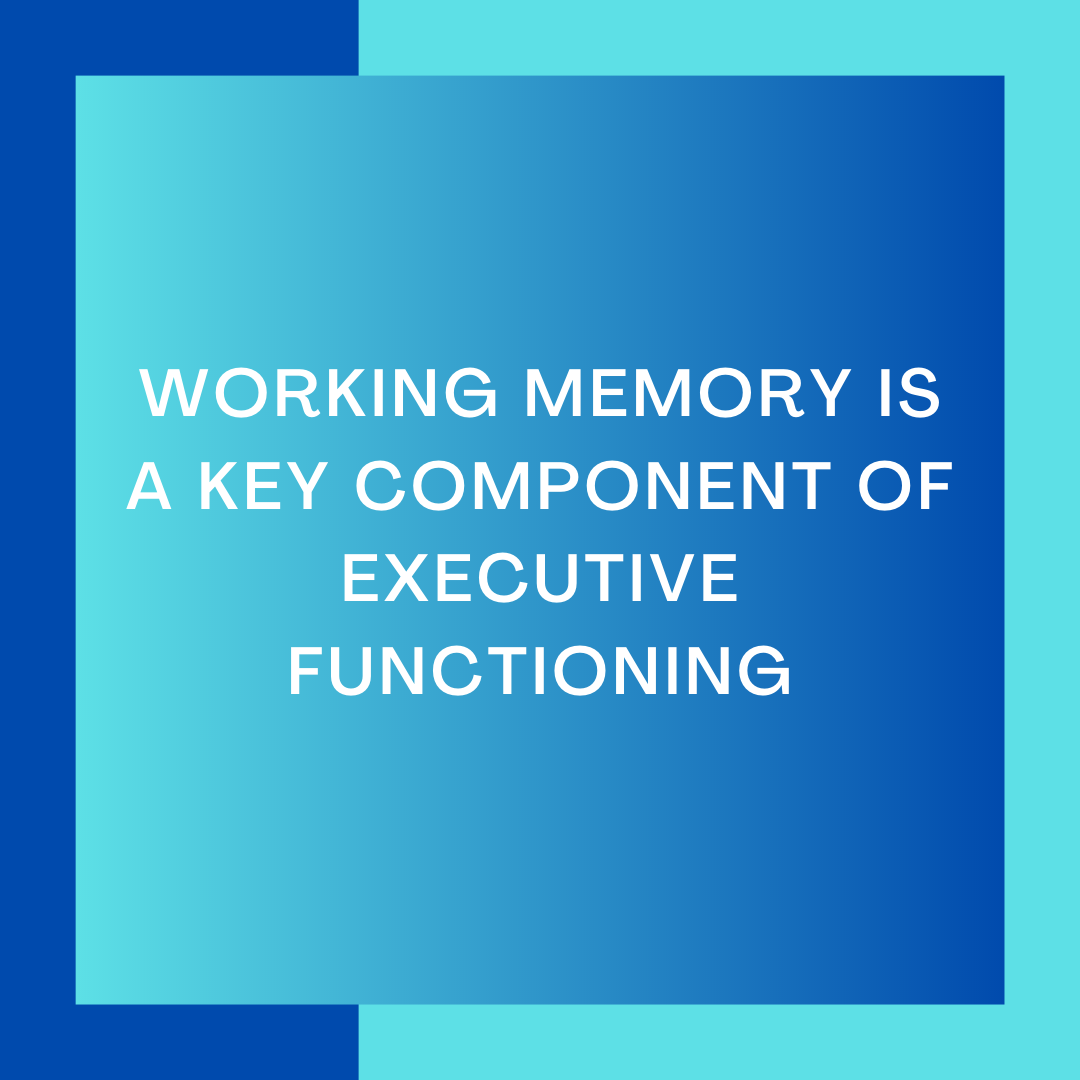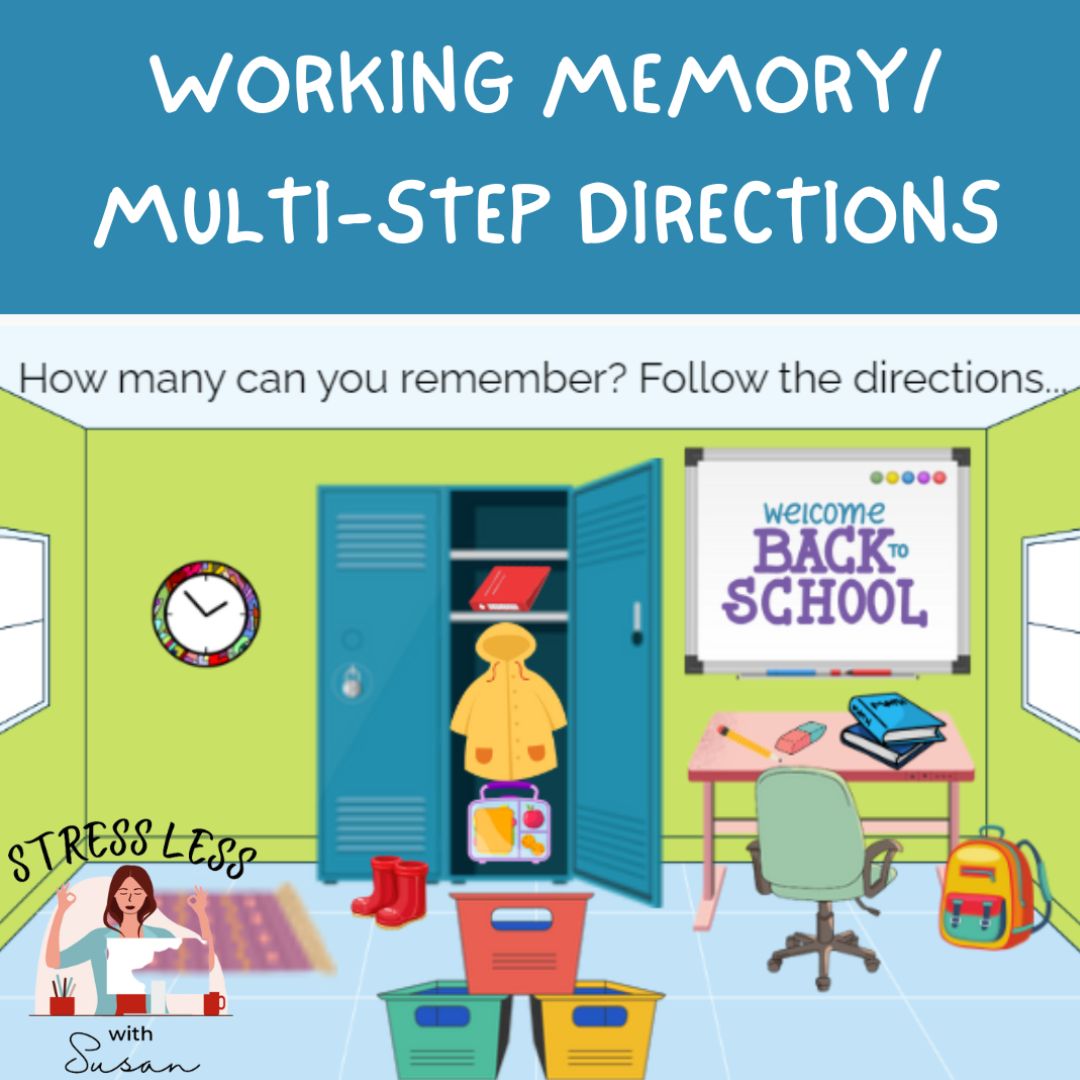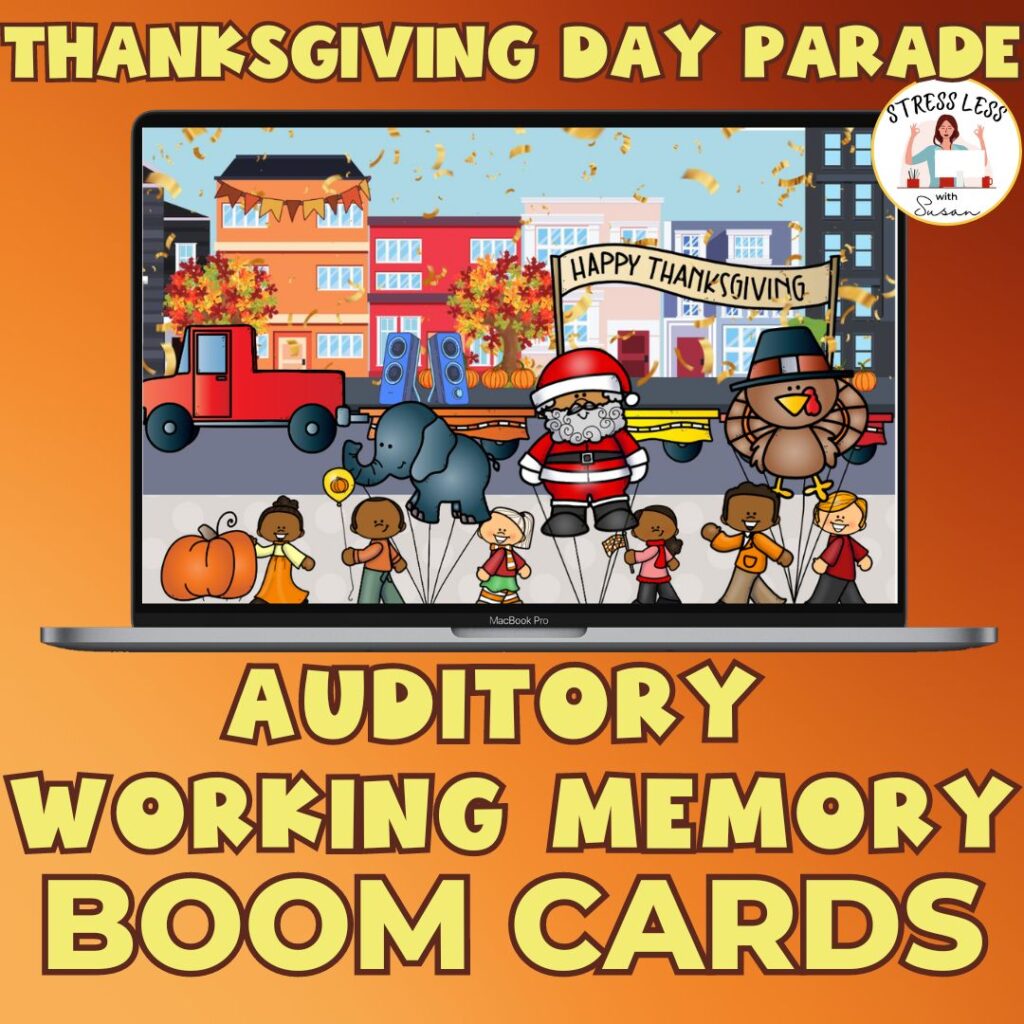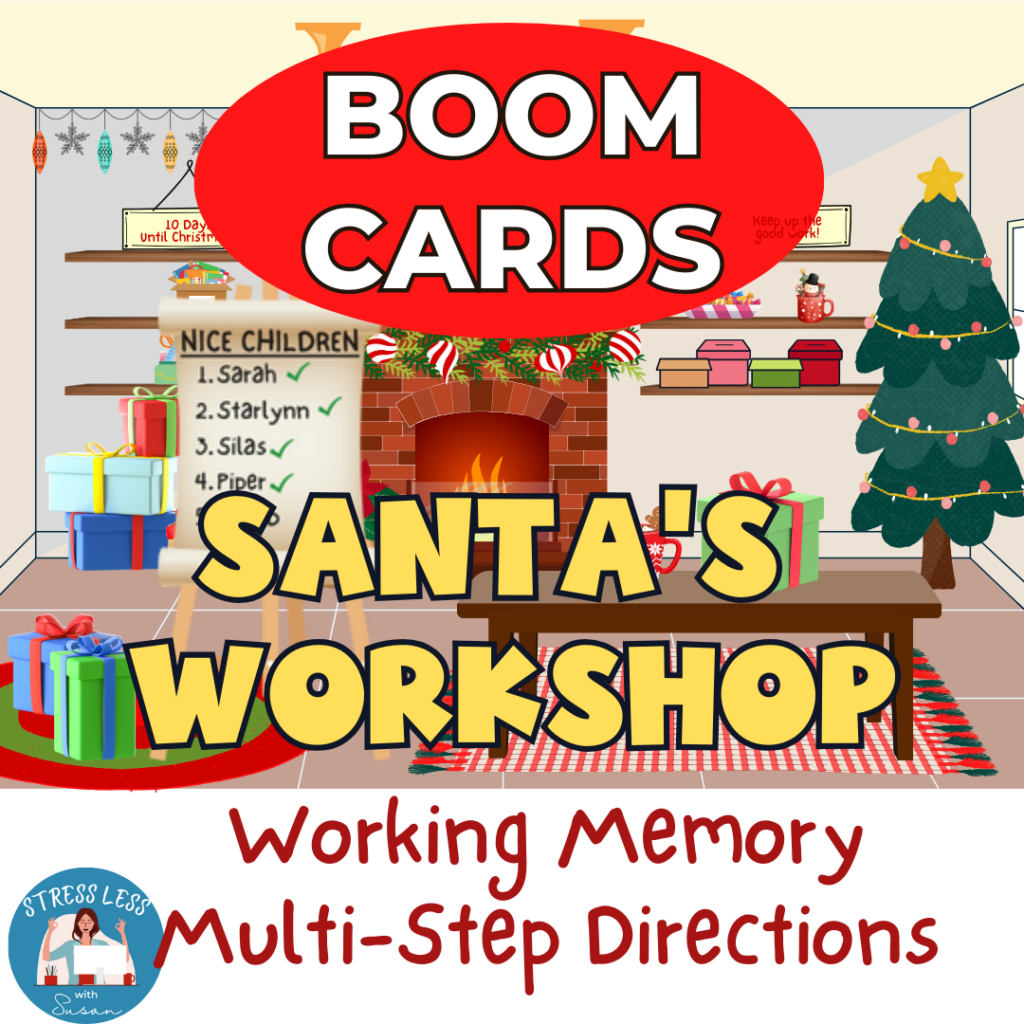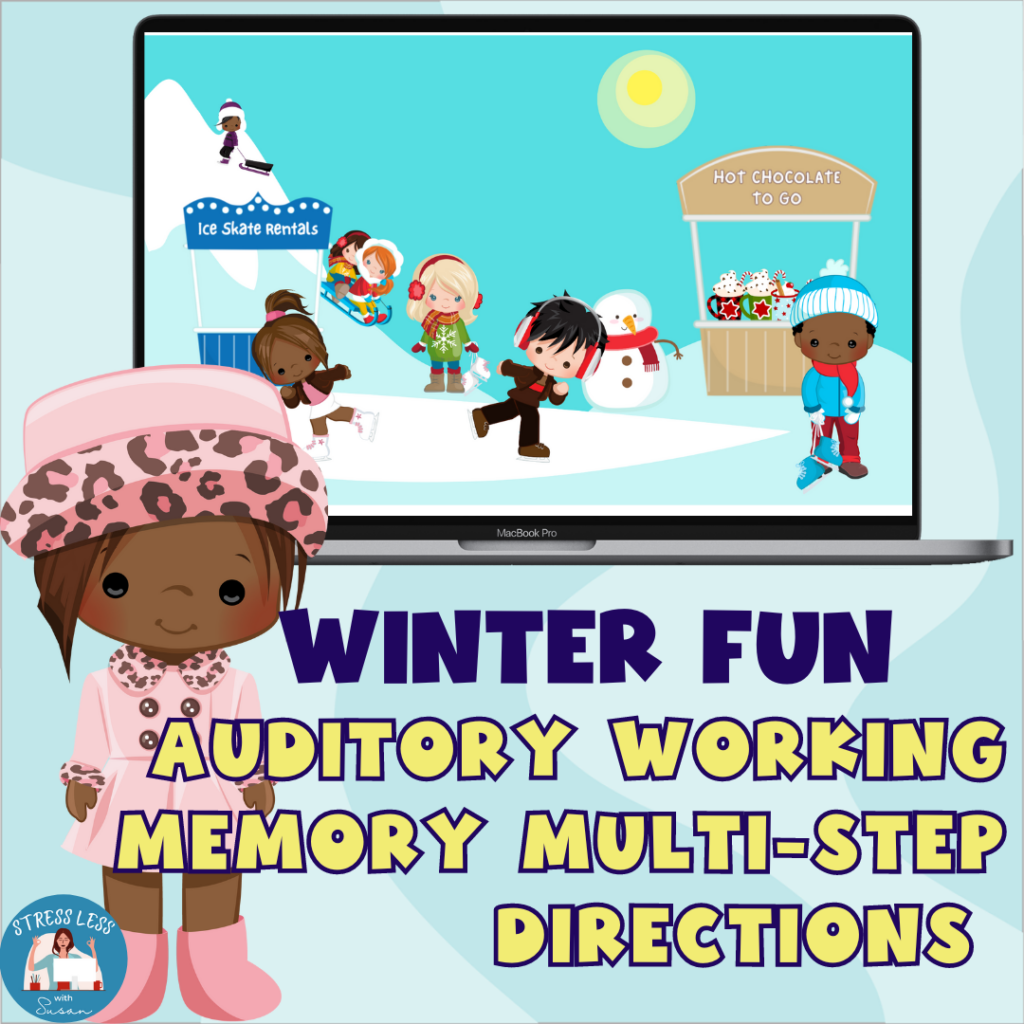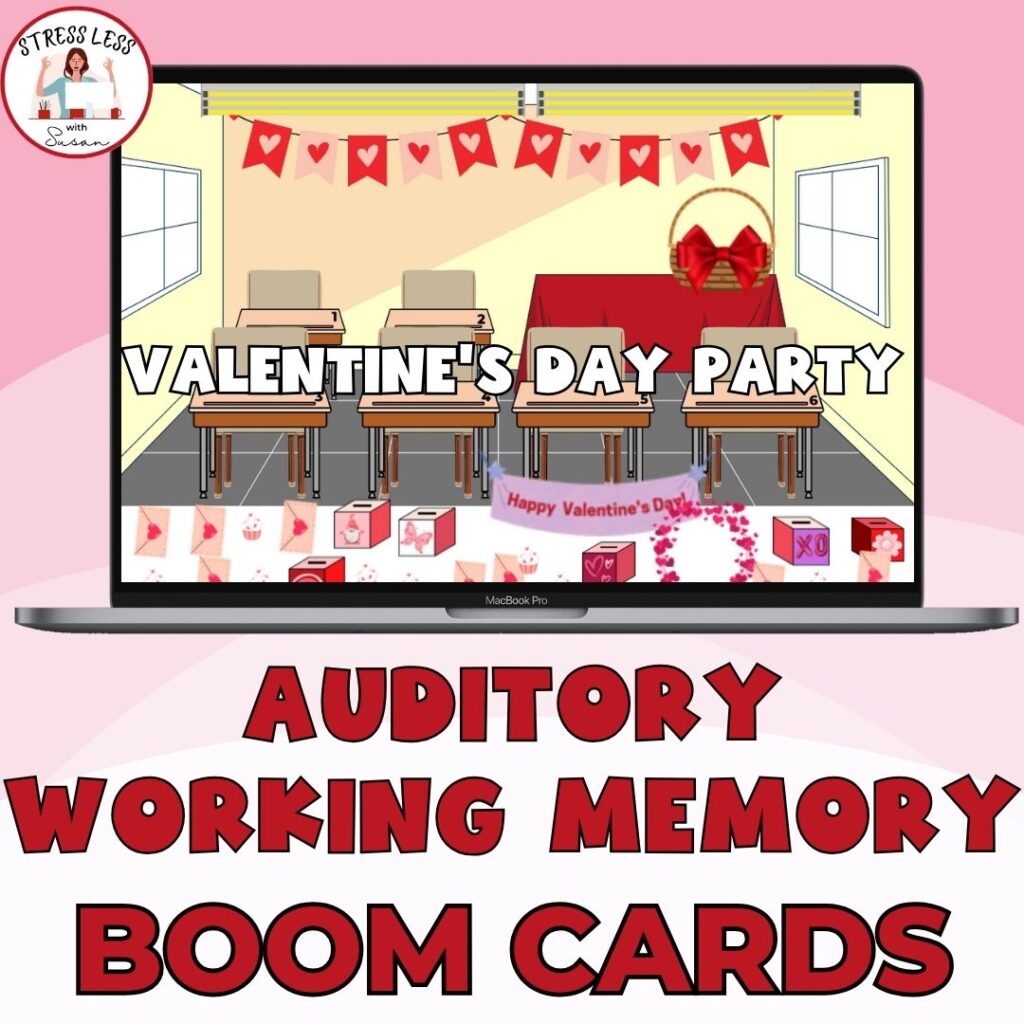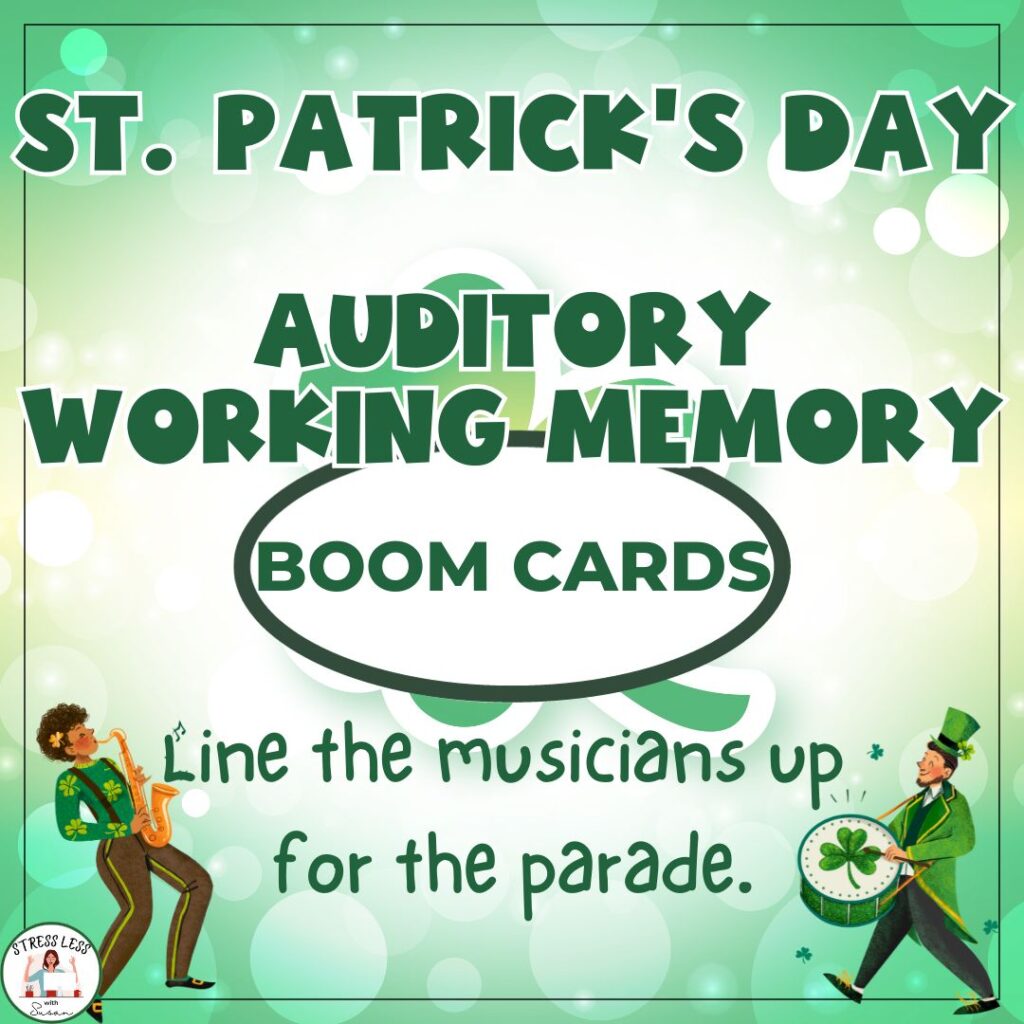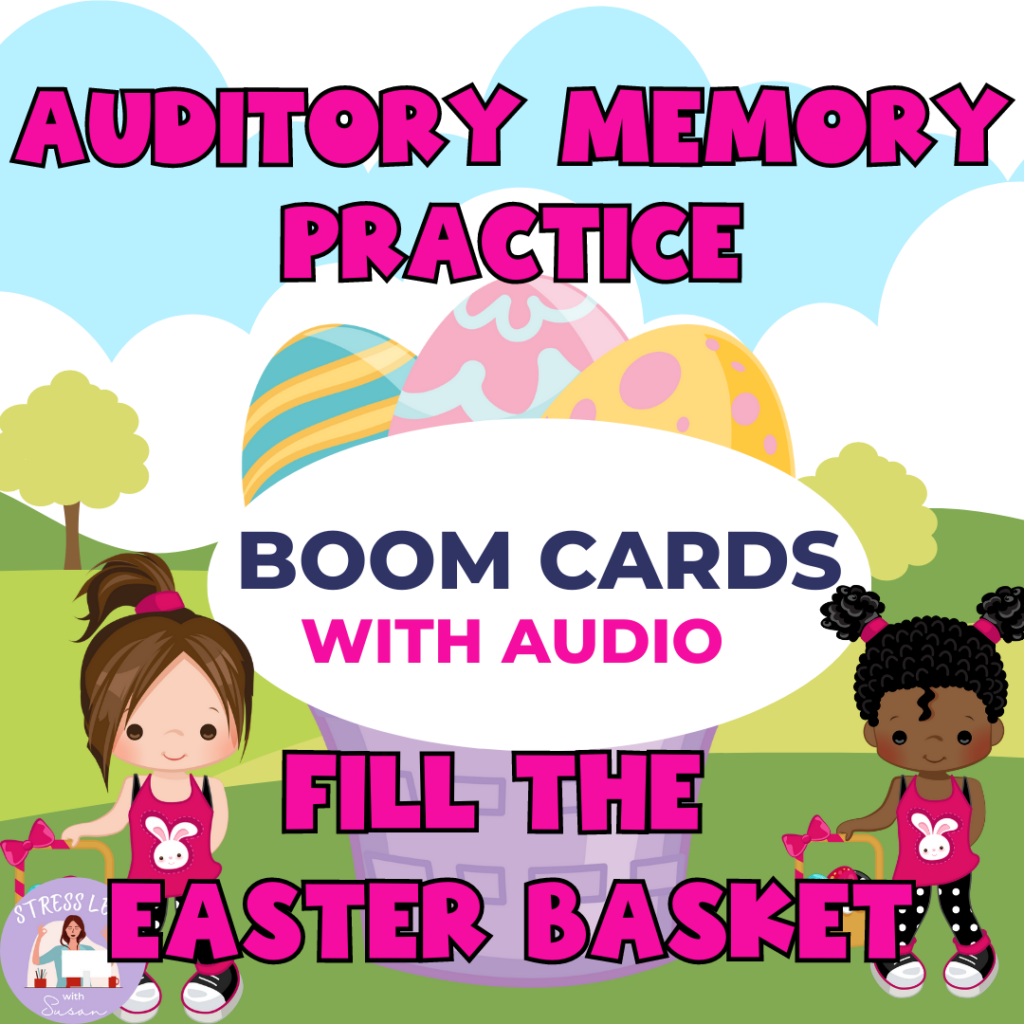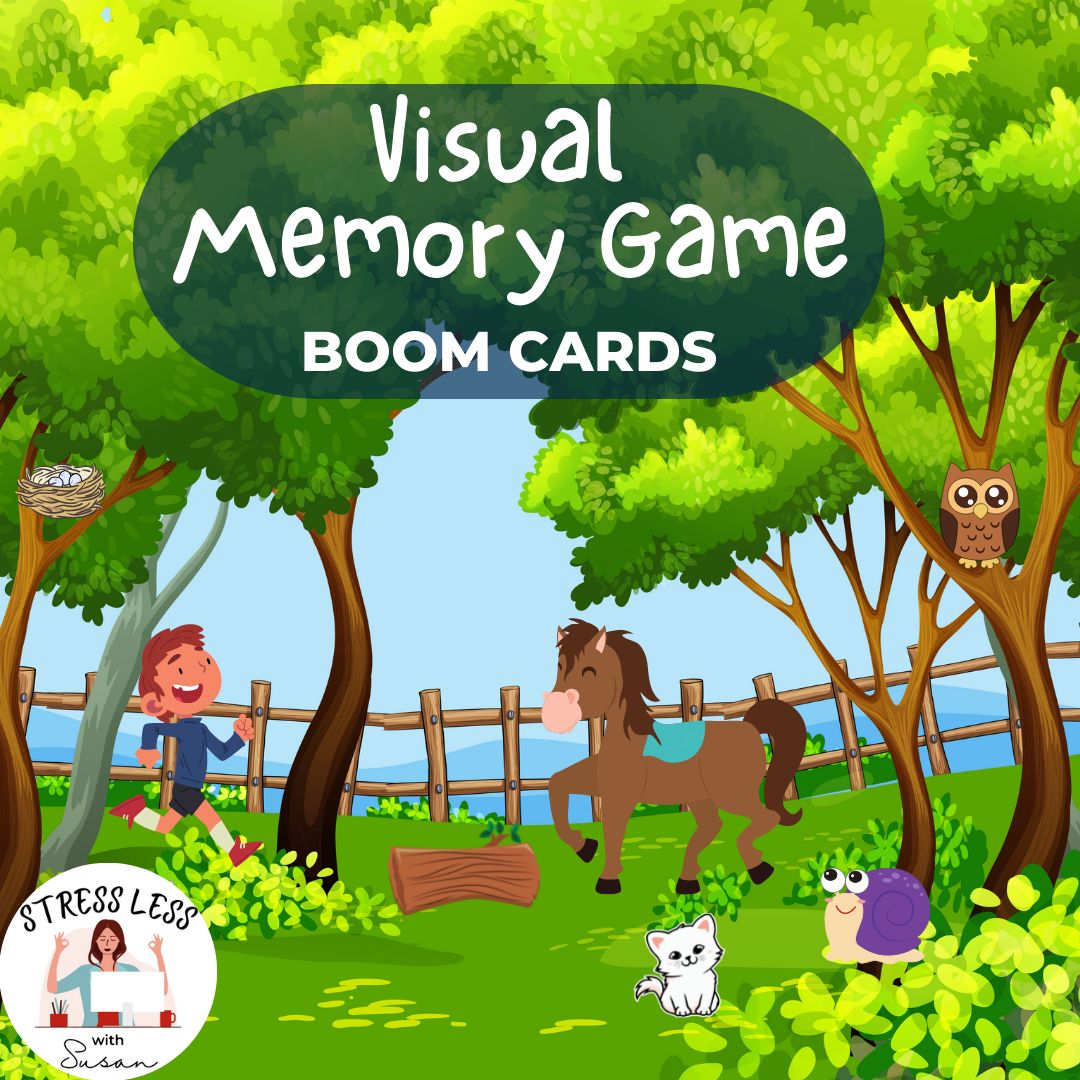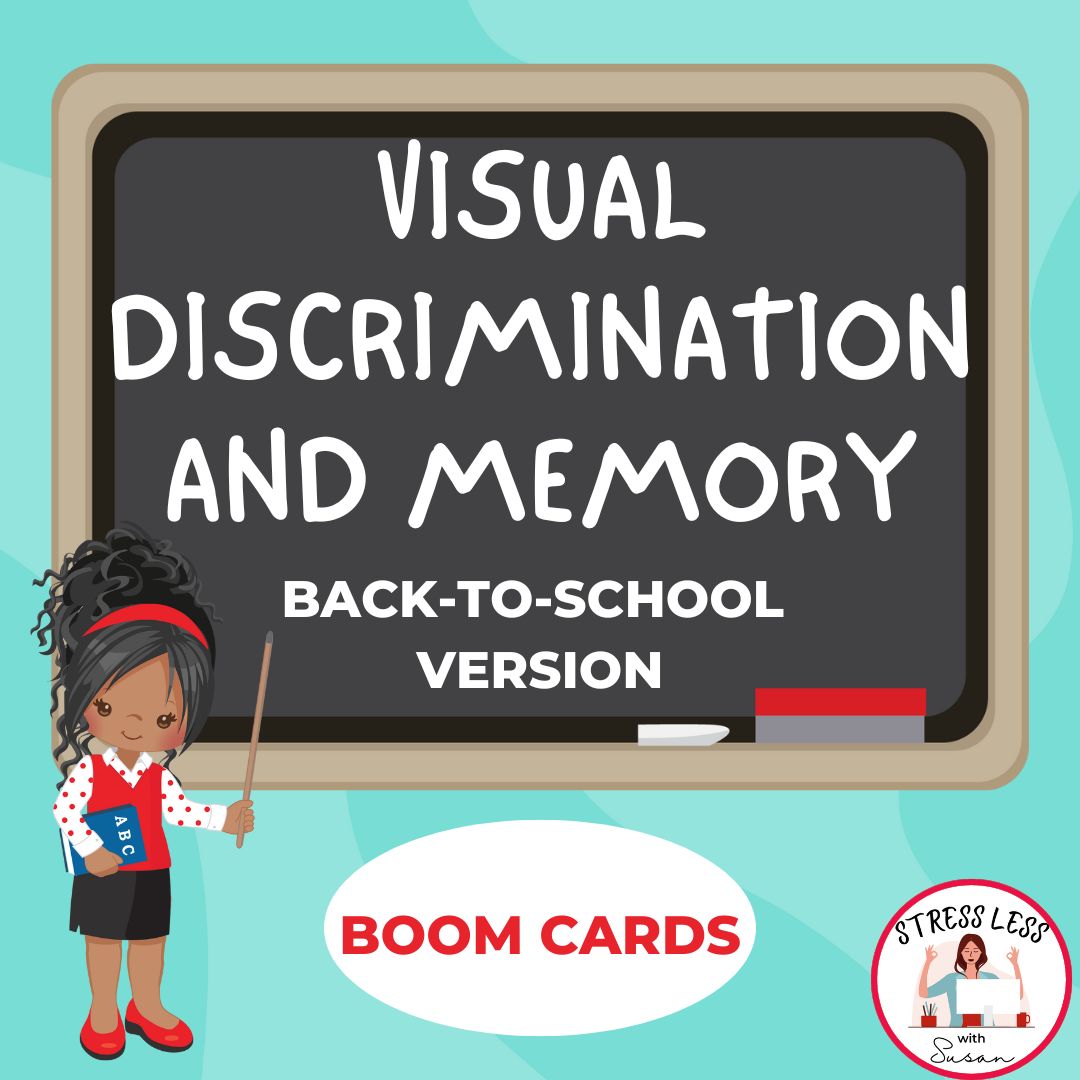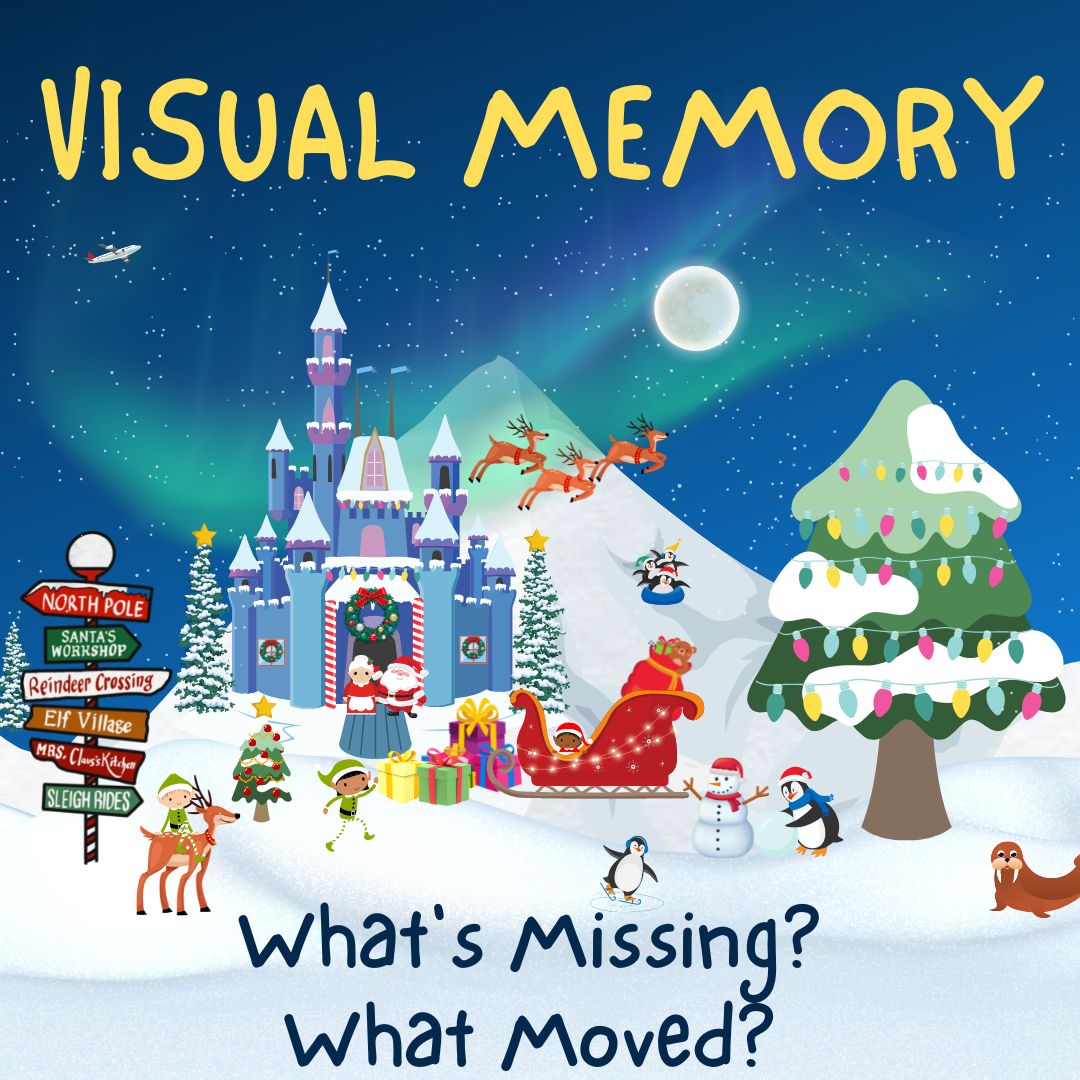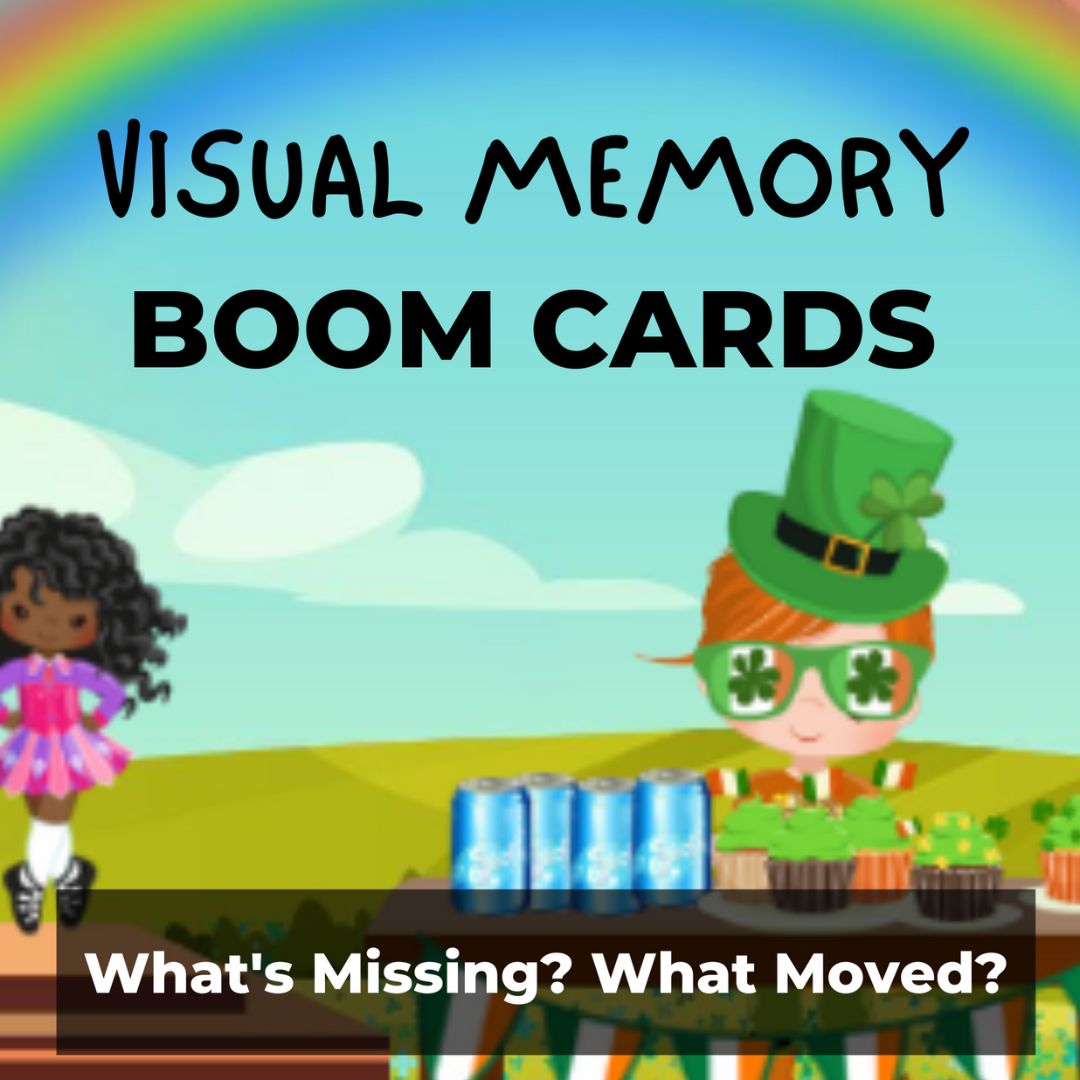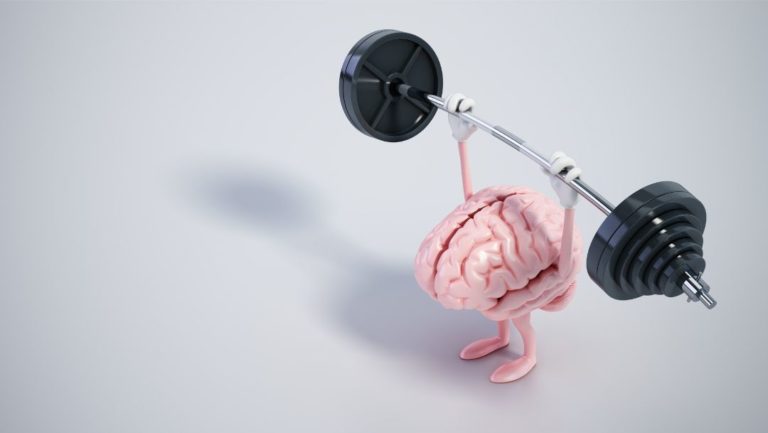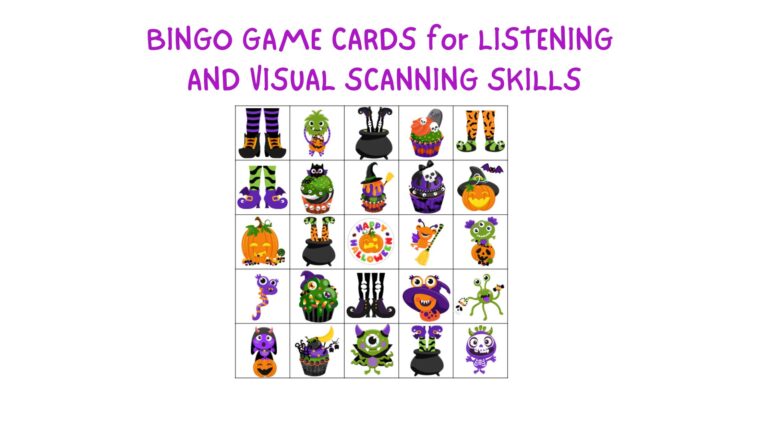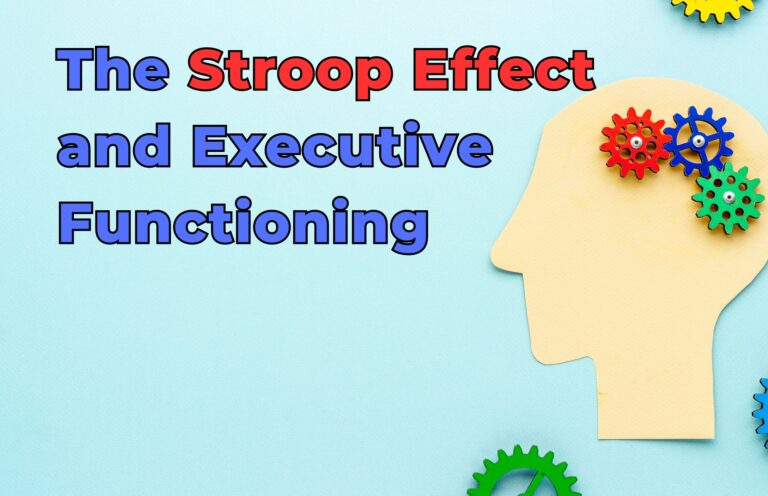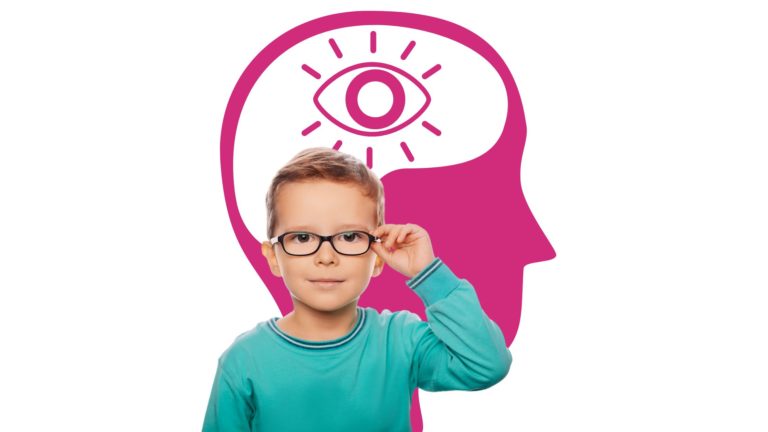How to Increase Working Memory
Working memory is the ability to hold and manipulate information in your mind for a short period of time. Think of this particular executive function as a “mental workspace” where we hold one or more bits of information in our minds while we think about other bits before we put it all back together. We need it to learn, solve problems and make decisions.
For some people, learning and remembering new information is very difficult. In many cases, that’s because it wasn’t processed well enough at the time. What do I mean by “processed”? Thinking it through, seeing how it fits into our established knowledge base, and figuring out where it belongs in our minds.
We have to hold on to it long enough while we do that, so it doesn’t slip away into an abyss. In other words, we need an efficient working memory to make that to happen. That’s why doing things that strengthen working memory will help us store new information into memory.
This page will explain what works for strengthening working memory. Since I’m trying not to cause a “Too Long, Didn’t Read” effect, I’ve broken my executive functioning series into smaller, very focused articles.
For a more thorough explanation of what working memory is and how it affects learning, click here. For a no-nonsense list of activities that build working memory plus the other executive functioning skills, click here.
Let’s start talking about repetition – the #1 helper for working memory exercises.
Repetition, repetition, repetition
Repetition plays a crucial role in enhancing working memory. When we repeat information or tasks, we reinforce the neural connections associated with that particular content, leading to improved retention and retrieval. By repeating information or engaging in repetitive activity, it becomes easier to “make room” for new information in the working memory.
Think of it this way: you start with one bit of information in the forefront of your mind. With enough “exposure”, it becomes easier to set it to the side and remember what it was while you put something new into the “main stage” of your thoughts. Once you’ve repeated it enough, that bit of information can move off to the side to allow the next “thing” to be the focus. In other words, you free up space in the working memory and can stretch what you’re able to hold on to.
We take in information from our senses, and we can strengthen each type. Next, you’ll read more about auditory working memory (listening skills) and visual working memory. By remembering what you hear and see, you can do things like solve problems, make decisions and plan actions.
A Little Bit at a Time
Auditory working memory
As we pay attention to sounds we hear, we use auditory working memory to hold and mentally manipulate them in our mind’s “ear.” We need it for so many things we do, such as following verbal instructions, remembering and recalling spoken information, and engaging in conversations. It allows us to hold on to and process what we hear in real-time, so we can understand and make sense of the information, so we can solve problems and make decisions.
People with strong auditory working memory skills are often able to maintain focus during conversations, accurately remember and repeat complex verbal instructions, and effectively process and respond to what they hear. Exercising and training auditory working memory can benefit us in schools, at home, basically everywhere we go in life.
Take a look at this brief list and see what you’d like to try – more comprehensive list can be found here:
- The “Simon” electronic game – players listen to a growing sequence of sounds and have to repeat them correctly to keep going. As sequences grow by one on each trial, it gets a little harder to remember, but with practice, it gets easier to do. By the way, if you click on the “Simon” link and make a purchase, I may receive a small commission at no additional cost to you.
- Other digital games that give users practice in listening to instructions and having to follow them correctly also works and can provide more real-world information to remember. They can include games that give multi-step directions or give a sequence of things to remember in order (similar to Simon but can come in many other forms).
Visual working memory
Visual working memory is a mental process that allows us to hold on to images in our minds while we think about it. It plays a critical role in a wide range of tasks, such as recognizing faces, navigating through environments, and solving visual puzzles.
People with strong visual working memory skills are often able to recognize and recall detailed visual information, visualize concepts, and mentally manipulate objects in their imagination. Some people have quite a bit of difficulty with this.
By improving visual working memory, individuals can enhance their ability to process and retain visual information, resulting in improved problem-solving abilities and overall mental performance.
Visualization
One step that can aid in strengthening visual working memory is visualization. This means, when we actively, voluntarily conjure up mental images of something, we’re more likely to be able to hold it in working memory. This sounds obvious, but there are degrees by which we use this tactic. Those who rely on it the most have the highest working visual memory abilities.
So, instructing kids or adults to make a point to visualize the object or image (or even just certain details) can be a step toward boosting visual memory skills.
